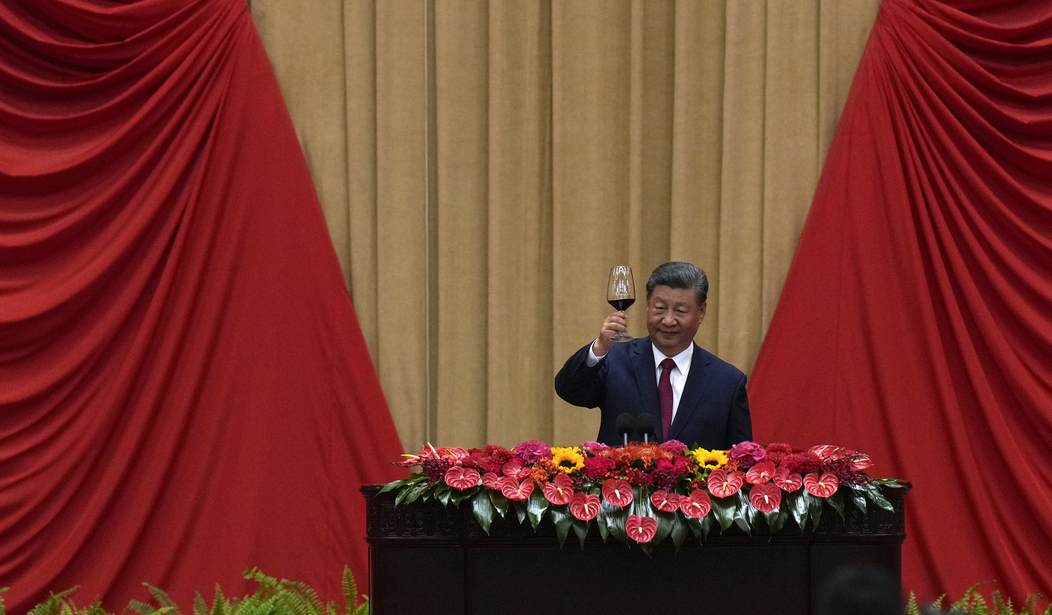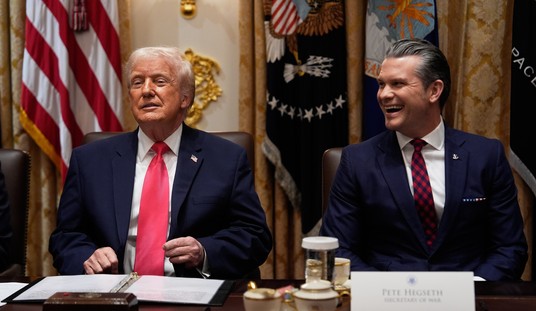“The enemy gets a vote.” The strategic planning axiom might be a cliché, but it is a useful one. And it may be dangerously overlooked in assessing the utility of Taiwan’s “Silicon Shield,” the logic that assumes Taiwan’s role as the world’s semiconductor hub will deter Chinese plans to reunify the island with the mainland – and therefore that to support that industry is to support Taiwan; to integrate with Taiwan to strengthen both US industry and US allies.
China, America’s enemy, intends to “peacefully reunify” with Taiwan, over which it claims sovereignty. China pursues this effort by working to foment domestic Taiwanese political change, including through blockade threats, economic engagement, and elite capture. This Chinese ambition threatens a critical US ally and the global system. Beijing’s expansionist agenda also threatens global supply chains, which depend on Taiwanese semiconductor production. The Chinese Communist Party knows that. And rather than dissuading Beijing, the supply chain implications of its ambitions for Taiwan only intensify those ambitions. As the less common strategic planning axiom goes, what’s the only thing better than claiming new territory? Claiming new territory and throwing adversary industry, technological, and economic systems into disarray.
The current American approach to Taiwan, as well as to semiconductors, are out of touch with this reality; with Beijing’s willingness to disrupt the status quo, the US vulnerability that entails, and the pincer of economic and political tools at China’s disposal. To correct course, the US needs a radically different approach to competing both with Beijing in the Taiwan Strait and across semiconductor supply chains.
Traditional deterrence logics assume that mounting conventional military forces and Taiwan’s role as a vital cog in global electronics production will prevent escalation and violence. There are a number of problems with these assumptions. First, China is willing to inflict pain on the global supply chain, especially because it calculates that the US depends more on that supply chain than does China. Second, Xi Jinping can pursue reunification through a host of non-military means; the US military posture does little to deter those, and may in fact help set the scene for them.
Recommended
In seeking stability in the Taiwan Strait, American strategy prioritizes conventional arms transfers. Meanwhile, China responds with political and economic statecraft – and indifference toward stability. That horizontal escalation leaves US interests – and global supply chains – exposed and outgunned by non-traditional means.
In early 2024, the Chinese Ministry of State Security published an article titled “The Sword of the Anti-Secession Law Hangs High." That piece, carrying an official Chinese government imprimatur, highlighted the relevance of China’s 2005 “Anti-Secession Law” as a solve for any potential Taiwanese independence efforts. According to the Chinese government’s argument, the law establishes a legal basis and mechanism for pro-mainland forces to be activated in Taiwan in the event that "‘Taiwan independence’ elements cross the red line.” The article demonstrates how the Chinese state can arrest Taiwanese independence actors and how fomenting domestic political tensions in Taiwan can accelerate Beijing’s plans for a “peaceful reunification.”
In parallel with the lawfare campaign reflected in that article, Beijing leverages economic statecraft to draw Taiwan closer to the mainland. PRC strategists have advised that Chinese efforts to promote localization of core technologies should allow the “mainland to adhere to the principle of equal treatment and fully open the ‘domestic substitution’ market to Taiwanese companies” in a way that will permit the “two sides to jointly build a complete industrial chain … on both sides of the Taiwan Strait.” In other words, Beijing is offering Taiwan and Taiwanese companies a complete industrial chain, with China dominating lower value-add segments and Taiwan covering high-end of design and manufacture via TSMC. This is both an attractive lure for Taiwan and a strategic boon for the mainland.
At present, America has no answer for this Chinese pincer of political and economic statecraft. Abrams tanks do little to change the CCP’s calculus or to undermine its non-military influence. Nor do TSMC-linked production facilities in the United States. On the contrary. Those facilities, for example, depend on production and expertise in Taiwan; they only make the US more exposed to the value chains that China’s ambitions for Taiwan threaten to destabilize.
The sober reality is this: TSMC’s dominant, monopoly position in the semiconductor value chain – one that is rightfully inviting an increase in anti-trust questions – makes the current Taiwan dynamic worse for the United States, not worse for China. It is a boon for China that to seize Taiwan would mean to harm US supply chains and companies. This in turn makes US efforts to double down on TSMC’s dominance a strategic blunder – unless those are paired with effective support for Taiwan and true localization of capabilities in the United States. Truly diversifying America’s semiconductor supply chains – whether by inducements, like targeted tax credits, or by regulatory scrutiny, like anti-trust reviews of potential monopolies – will serve to complicate China’s broader technological and industrial stranglehold over critical supply chains.
Accordingly, the US needs to develop both a new approach to deterrence in the Taiwan Strait and a new approach to the risks posed by asymmetric integration between US and Chinese value chains. The United States needs to consider and plan for a variety of Chinese approaches to reunification, including those that use political and economic influence not amphibious vessels. In the process, the United States needs to diversify the semiconductor supply chain such that Taiwan does not create a single point of failure for American industry.
America’s best shield against the risk China poses to global supply chains is one made in America.

























Join the conversation as a VIP Member